I'm about to build a pid heating controller with a 1kW heater and a solid state relay.
The ESP8266 can go down to 1Hz pwm frequency.
So hopefully I can vary the number of active cycles per second, but turning it on and off every second.
Would it create more wear and heat on the solid state relay, or should I do manual pwm over say 10 seconds?
Any concerns about switching noise can be discarded, it is only to be heard by the tomatos at night, and I don't think they mind.
 Edit: The specs say it is indeed a zero-crossing SSR, with a voltage drop of 1V. 1Kw at 230V gives approx 5A, I wonder if a heatsink is required for the 5W. It is only temporary for around a week, and will be lying on a concrete slab.
Edit: The specs say it is indeed a zero-crossing SSR, with a voltage drop of 1V. 1Kw at 230V gives approx 5A, I wonder if a heatsink is required for the 5W. It is only temporary for around a week, and will be lying on a concrete slab.
edit2 The ESP8266 appearently can't do 1Hz pwm; I have to go manually. However, the relay does seem to be able to do quite fast (i.e. a few cycles) switching.
Follow-up: Using a pulse cycle of approximately 3 seconds, a proportional regulation of 1C responding to 0 to 100%, adding a factor for compensating for loss to outside of "tent" to greenhouse, and an part of integrating the error, I got the air temperature inside of ±0.04C, measured with a BME280 sensor. Most impressive.
(The tent was a tomato-incubator, a 6m² plastic tent inside a larger greenhouse, the purpose to keep the temperature higher than 10°C at night)



